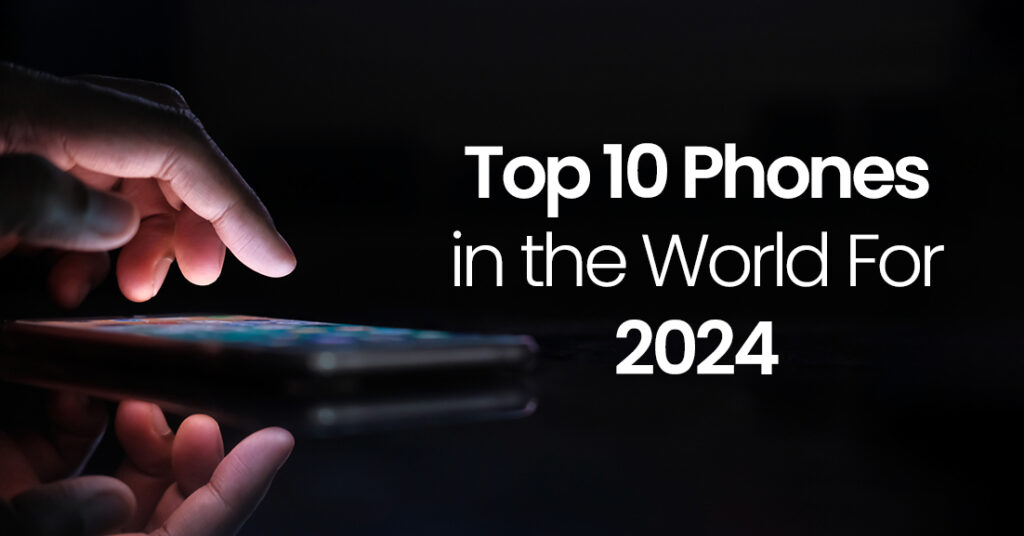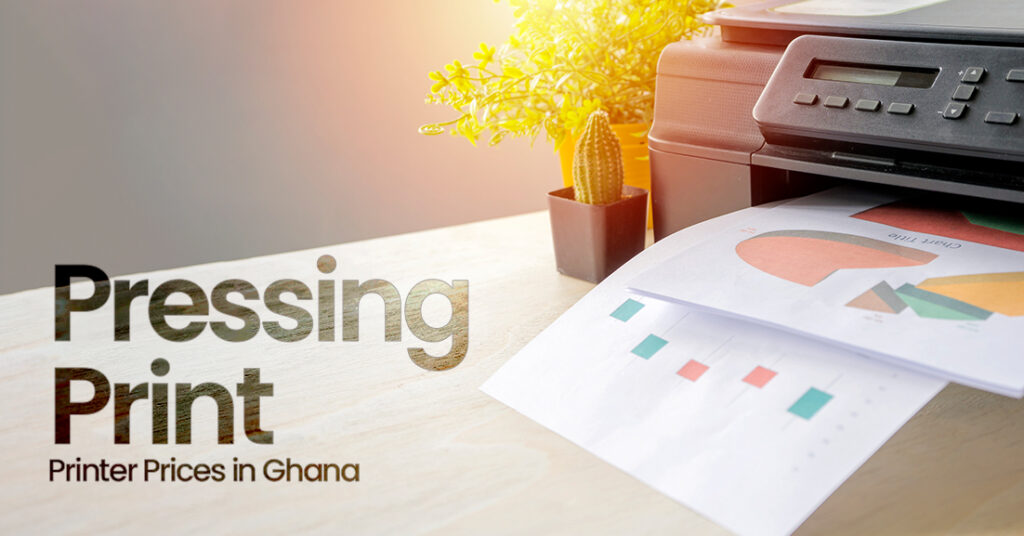It’s amazing how we can use the web to search for information about anything around the world and find it literally at our fingertips just by typing keywords into a search engine and getting the needed data or information either by text, images, or videos. This journey has been nothing but groundbreaking, smarter, and intuitive.
The Evolution of Google Chrome: Form A Simple Browser to A Multifunctional Tool
Over the years, Google Chrome has transitioned from a simple web browser into a daily multifunctional tool that many users rely on for either browsing the web, managing Chrome extensions or making use of productivity tools that streamline our work efficiently.
Chrome is now raising its interface bar higher with the introduction of an appealing Visual Lookup. Nevertheless, what exactly is the Visual Lookup? And how does it improve your browsing experience on a Windows Laptop?
Understanding Google Chrome Visual Lookup
Users of Google Chrome can conduct image-based searches for information instead of text-based ones thanks to the Visual Lookup feature. Obtaining visually related images is only one aspect of this, another is comprehending the content of an image and delivering useful details accordingly. Consider it as the more intelligent and user-friendly version of picture search.
Assume you’re navigating the internet and come across an image of a product you like. Rather than guessing the proper keywords to find out more about it, you utilize the Visual Lookup feature on the browser. And with a single right-click Chrome analyzes the image and displays the product information, links to where you can buy it, and even related articles, how cool is that?
How Visual Lookup is Changing Online Research
For students, researchers, and anyone involved in online research, Visual Lookup is a tool that can significantly enhance productivity. Instead of manually searching for each piece of information, you can now use images as your search query. This feature is particularly useful when dealing with complex topics where the visual representation can provide a deeper understanding.
To give a point, if you’re researching historical artifacts, you can use this feature to find detailed descriptions, historical context, and related images, all from one image. This saves time and ensures that you get the most relevant information quickly.
Boosting Productivity with Chrome Extension and Visual Lookup
Believers of productivity have always been partial to Chrome addons, displaying their trust and result-based work for browsing. Users can personalize their Chrome experience with these compact yet effective tools, making them more effective and suited to what they want. With the addition of Visual Lookup, Chrome has added another layer to its productivity suite.
Just picture using the Visual Lookup combined with the capabilities of your favorite Chrome extensions for work or leisure. For example, you may easily record the data obtained from a Visual Lookup and store it for later use if you use a note-taking Chrome extension like Evernote. Likewise, you can quickly add images and the details that go with them to your task boards if you’re using a project management web extension tool like Trello.
The Role of Google Lens in Enhancing Visual Lookup
A common but impactful technology feature that makes the Visual Lookup very powerful is Google Lens. The Lens makes use of a camera and advanced AI to comprehend objects in an image in addition to recognizing them. This means that Visual Lookup analyzes and provides context in addition to matching comparable photos.
How Windows Users Benefit from Visual Lookup
This tool is excellent for any smart device, but users of Windows laptops might benefit most from it. Work and play are two common uses for laptops, and Visual Lookup may improve these activities in a number of ways.
For instance, when working on a Windows Laptop by putting together a presentation, working on a report, or simply browsing for inspiration, you can use Visual Lookup to quickly find and organize information without disrupting your workflow.
The Power of Image Search and Reverse Image Search
Although image search has been around for a while, its use has traditionally been restricted to locating comparable images visually. By enabling users to locate the original source of an image, the introduction and use of the Reverse image search went one step further to achieve that. But before you buy them, Visual Lookup adds comprehensive context and combines the best of both worlds.
Enhancing Web Browsing with Visual Lookup
We all browse the internet but everyone has a very different way of doing so. While some of us are productivity experts who depend on Chrome extensions to get work done, others are just regular users who want to swiftly and easily discover the information they want without having to stress their brain cells too much. Visual Lookup enhances the experience for both types of user groups.
Why Visual Lookup is a Must-Have Productivity Tool
Productivity tools become useful and critical for the rapid organization of information and search skills for users. Also, among the most useful new tools available is Visual Lookup where you can locate exactly what you need faster and more easily by using the image search feature.
Combining Visual Lookup with Other Chrome Extensions
One of the great things about Google Chrome is how customizable it is with Visual Lookup fitting seamlessly. You may customize your browser experience with thousands of Chrome extensions to fit your preferences.
For example, if you use an extension like Grammarly to check your writing, you can use Visual Lookup to find sources and images to support your arguments. Or, if you use a bookmarking extension, you can save the results of your Visual Lookup searches for easy access later.
How Visual Lookup Can Aid in Reverse Image Search
An effective method for locating a picture’s original source or confirming its legitimacy involves the use of reverse image search. Visual Lookup enhances this by adding a layer of understanding. Instead of just finding where an image came from, it helps you understand what the image is about and provides related information.
When looking for product evaluations or investigating news articles, for example, needing to confirm the authenticity of an image can be quite helpful with this feature.
Google Lens: The Backbone of Visual Lookup
As mentioned earlier, Google Lens is the technology that powers Visual Lookup and allows Chrome to understand what’s in an image and provide relevant information. It uses machine learning to constantly improve its understanding, making Visual Lookup more accurate and useful over time.
In other words, Visual Lookup becomes more adept at giving you the information you require the more you use it. Google Lens also makes certain you’re getting the most precise and applicable data practically on how well you use it to recognize things, learn more about products, or improve your research.
The Future of Web Browsing with Visual Lookup
Future tools and features will continue to enhance how we interact with the web as time goes on. With Visual Lookup technology being just the beginning of browsing the web with ease, Windows laptop users will continue to improve work productivity and leisure enjoyment.
Discover Compatible Laptops for Seamless Browsing
If you’re excited about using Google Chrome’s Visual Lookup and want to experience seamless browsing, it’s crucial to have a laptop that can keep up. At ipmckart.com, you’ll find a range of Windows Laptops such as
These are chosen for their compatibility with the latest features and tools that Google Chrome offers.

